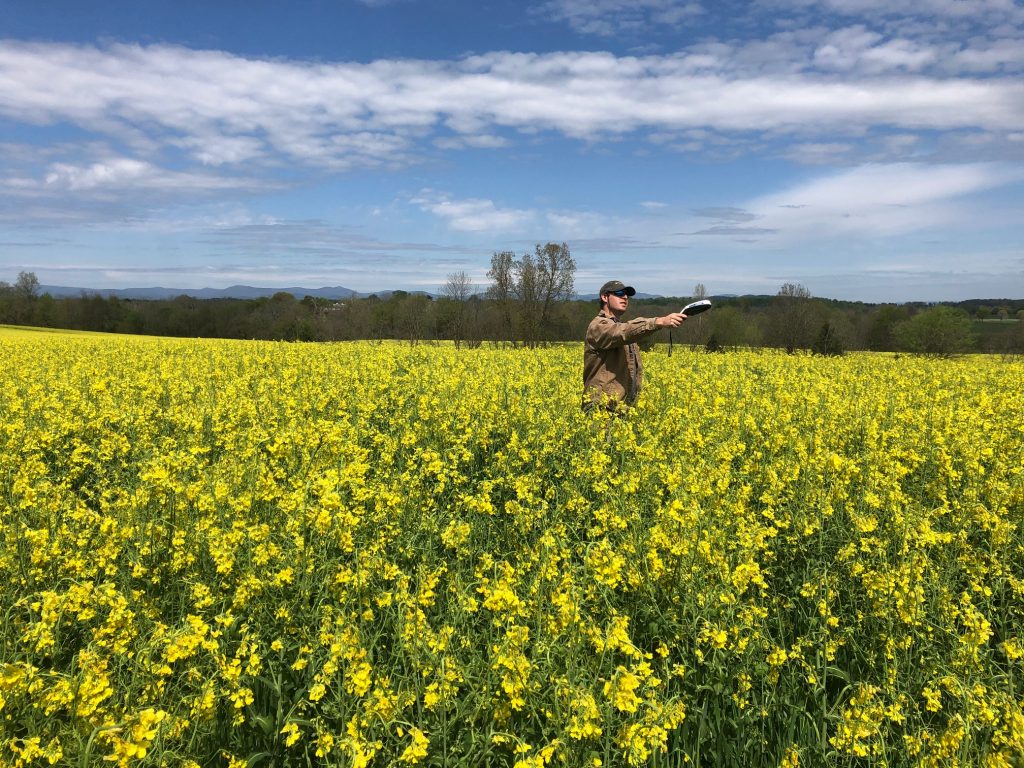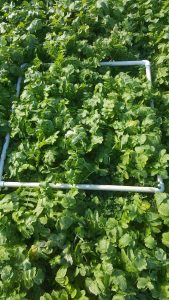Kicking off a new project to estimate nutrient cycling from cover crops this spring. Hoping to improve our ability to predict not only the amount of nutrient released but the timing. Collected samples from a diverse set of fields and species in the Northern Piedmont yesterday with the help of Tellus Agronomics.















